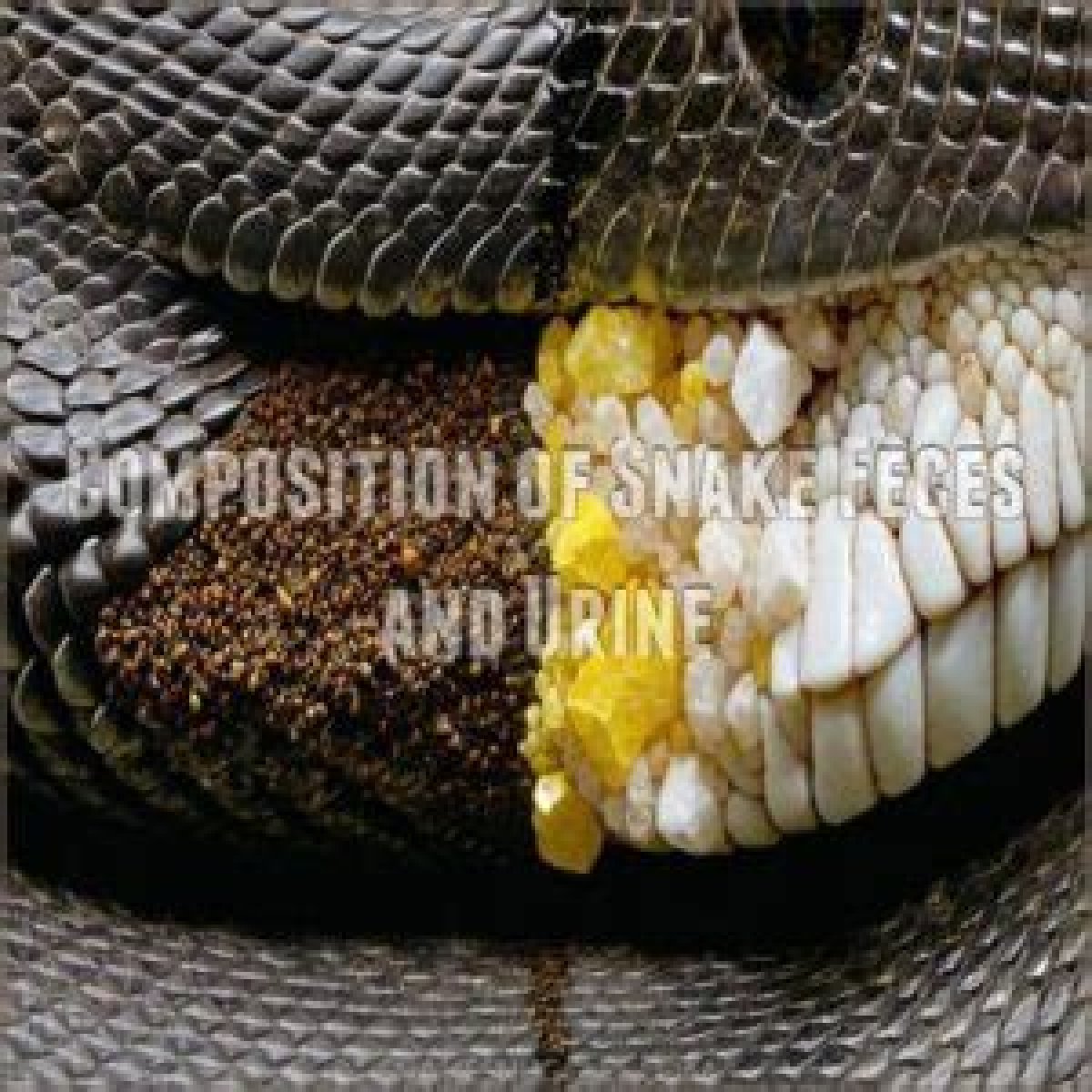When it comes to understanding snakes and their behavior, many people overlook one of the most intriguing aspects: snake poop. This subject may not be as glamorous as the snake itself, but it provides valuable insights into the health, diet, and habitat of these slithering creatures. By examining snake poop, also known as feces, we can learn about their eating habits, how they interact with their environment, and even their overall well-being.
Snake poop is not just a waste product; it can reveal a lot about a snake's lifestyle and diet. For instance, the size, shape, and texture of the droppings can indicate what type of prey the snake has consumed. Additionally, examining snake poop can help researchers and wildlife enthusiasts track the population and distribution of various snake species. This knowledge can inform conservation efforts and provide a better understanding of these often-misunderstood reptiles.
In this article, we will delve into the world of snake poop, exploring its characteristics, the importance of studying it, and what it can tell us about snakes. Whether you're a snake owner, a budding herpetologist, or simply curious about these fascinating creatures, understanding snake poop can enhance your appreciation for the diverse world of serpents.
What Does Snake Poop Look Like?
Understanding what snake poop looks like can help identify the species of snake and its diet. Typically, snake feces are long and cylindrical, resembling the shape of a small sausage. They can vary in color, depending on the snake's diet and health. Some common characteristics include:
- Color: Ranges from dark brown to greenish, depending on the diet.
- Texture: Often moist but can dry out, becoming hard and brittle.
- Size: Varies greatly among species, from a few inches to over a foot long.
- Presence of bones or fur: Indicates the snake has eaten a mammal, bird, or other prey.
Why Is Snake Poop Important for Ecological Studies?
Examining snake poop is crucial for ecological research and understanding reptilian behavior. Scientists can learn about the dietary habits and health of snake populations through fecal analysis. This information can help inform conservation strategies and ensure the survival of various snake species. Some specific reasons why snake poop is important include:
- Monitoring prey availability and ecosystem health.
- Tracking population dynamics and distribution of snake species.
- Studying predator-prey relationships in their natural habitats.
What Can We Learn from Snake Poop?
Analyzing snake poop provides a wealth of information about these reptiles. For instance, researchers can determine:
- The specific types of prey consumed by a snake.
- The frequency of feeding and the size of the snake.
- Signs of disease or parasites based on the condition of the feces.
How Do Snakes Digest Food?
To understand snake poop, it is essential to know how snakes digest their food. Snakes have a unique digestive system that differs significantly from mammals. Here are some key points about snake digestion:
- Snakes eat their prey whole, using their flexible jaws to consume larger animals.
- Their digestive process can take several days, depending on the size of the meal and environmental conditions.
- Snakes produce digestive enzymes that break down food, allowing nutrients to be absorbed efficiently.
What Does Healthy Snake Poop Look Like?
Healthy snake poop should have specific characteristics that indicate the snake is in good health. Key features of healthy snake feces include:
- Consistent shape: Long and cylindrical.
- Moisture: Not too dry or excessively wet.
- Color: Rich brown or green, depending on the diet.
What Are the Signs of Unhealthy Snake Poop?
Unhealthy snake poop can indicate underlying health issues. Some warning signs include:
- Unusual colors: Bright green, yellow, or red may signal a problem.
- Abnormal texture: Extremely watery or dry feces.
- Presence of blood or parasites: Indicating a serious health concern.
Can Snake Poop Be Used for Any Other Purpose?
Interestingly, snake poop can have applications beyond just studying snakes. In some cultures, it has been used as a natural fertilizer due to its nutrient content. Additionally, snake feces can be used in scientific research to:
- Study the diets of potential snake prey species.
- Investigate environmental changes in a specific region.
Conclusion: The Hidden Importance of Snake Poop
While snake poop may not be the most glamorous topic, it is undoubtedly an essential aspect of understanding these fascinating creatures. By studying snake feces, researchers can gain valuable insights into the health, diet, and behavior of snakes, ultimately aiding in their conservation. So, the next time you encounter snake poop, remember that it holds a wealth of information waiting to be discovered.
The Enigmatic Journey Of The Seven Craft AgeDecoding The Mystery: How The Hell You Spell Chauffeur OriginalUnderstanding The Evolving Movie Rules Today
